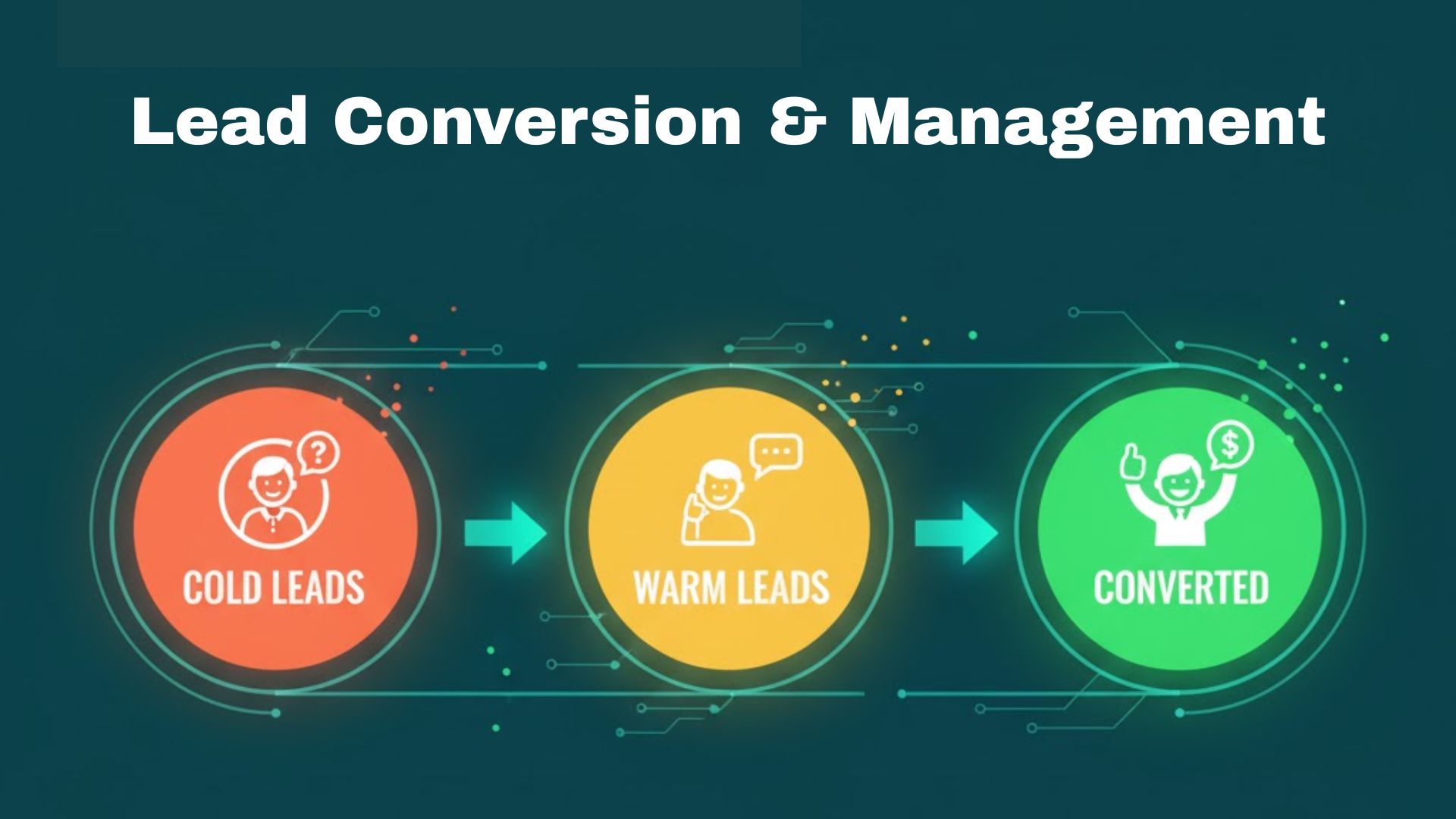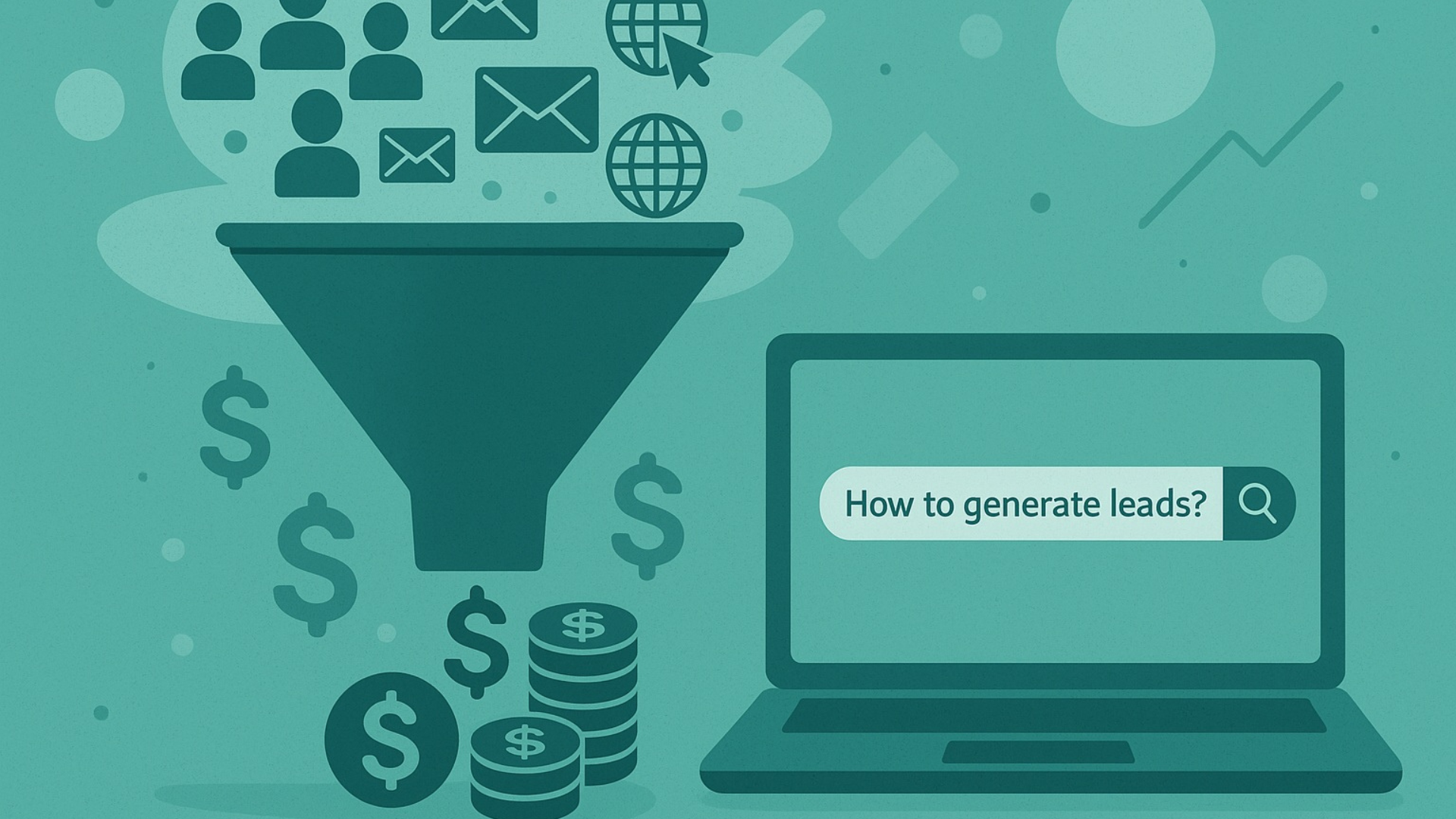

Imagine knowing exactly which leads to prioritize, what pitch resonates with your ideal customer, and how to navigate objections with confidence.
A clear, data-backed sales strategy gives you this precision. It’s more than just a plan—it’s your competitive edge, guiding your team to close deals faster, boost conversions, and consistently hit targets.
In this blog, we’ll break down how to create a sales strategy that brings you closer to your sales goals.
We share actionable steps and proven sales plan templates that you can use to close more customers.
Let’s dive in.
What is a sales strategy?
A sales strategy is a structured approach to achieve a company's sales objectives. It outlines specific steps, methods, and tools sales teams use to target and convert potential customers into loyal clients. This strategy acts as a roadmap, guiding sales representatives on how to identify prospects, engage with them effectively, and close deals efficiently.
A well-crafted sales strategy drives revenue growth and aligns with the overall business goals, ensuring consistency and scalability across all sales activities. It typically includes target audience identification, value propositions, sales methodologies, and performance metrics.
What is the difference between inbound and outbound sales strategy?
Step-by-step guide to create a sales strategy plan
Define your target audience
- Conduct in-depth market segmentation: Beyond basic demographics, segment your market by behavioral patterns, purchasing habits, and psychographics to identify high-value customer segments.
- Develop advanced buyer personas: Create detailed profiles that encompass customer motivations, challenges, and decision-making processes to tailor your sales approach effectively.
Set clear goals and objectives
- Implement SMART goals: Ensure that your sales objectives are Specific, Measurable, Achievable, Relevant, and Time-bound to facilitate precise tracking and accountability.
- Align with corporate vision: Integrate sales goals with the broader business strategy to ensure coherence and unified direction across the organization.
Analyze competitors and market trends
- Perform SWOT analysis: Assess your company's Strengths, Weaknesses, Opportunities, and Threats about competitors to identify areas for improvement and differentiation.
- Utilize competitive intelligence tools: Leverage advanced analytics to monitor competitor activities, market shifts, and emerging trends for proactive strategy adjustments.
Develop your Unique Selling Proposition (USP)
- Articulate distinct value propositions: Clearly define what sets your product or service apart, focusing on unique benefits that resonate with your target audience's needs and desires.
- Validate through customer feedback: Engage with existing customers to understand the perceived value and refine your USP accordingly.
Map out the sales process
- Design a customer-centric sales funnel: Outline each stage of the buyer's journey, ensuring that sales activities align with customer expectations and behaviors at each phase.
- Integrate sales enablement tools: To enhance efficiency and effectiveness, provide the sales team with resources such as CRM systems, content libraries, and training programs.
Build a strong sales team.
- Invest in continuous training: Offer ongoing professional development opportunities to keep the sales team updated on industry trends, product knowledge, and sales techniques.
- Foster a collaborative culture: Encourage teamwork and knowledge sharing to leverage collective expertise and drive innovation within the sales force..
Monitor, evaluate, and adjust
- Implement real-time analytics: Utilize data analytics platforms to monitor sales performance metrics continuously and gain actionable insights.
- Establish feedback loops: Create mechanisms for regular feedback from customers and sales personnel to identify areas for improvement and innovation.
- Adopt agile methodologies: Be prepared to pivot strategies swiftly in response to market changes, customer feedback, or internal performance assessments.
What does a sales strategy plan look like?
A sales strategy plan is a focused roadmap that you can use as an outline to achieve your business goals. It includes factors like target audience insights, revenue objectives, actionable tactics, and performance metrics, all aligned with the company’s overall strategy.
Upgrad’s example of successful sales strategy and planning
UpGrad’s sales strategy is a powerful example of how to combine planning, execution, and customer insights to achieve exceptional growth in the EdTech space. Let’s break down their approach:
1. Significant Investments in Marketing
UpGrad allocated ₹175 crore in 2020 for advertising, showcasing its commitment to building brand awareness. Strategic ad placements during events like the IPL on Disney+ Hotstar and Star Sports allowed the company to connect with a massive audience, effectively driving visibility and engagement.
2. Strategic Partnerships and Acquisitions
UpGrad partnered with leading institutions like BITS Pilani and IIIT Bangalore to deliver a diverse range of industry-relevant courses. They also acquired companies such as Pyoopil Education Technologies and CohortPlus to expand their offerings and enhance their reach.
3. Customer-Focused Selling
UpGrad emphasizes understanding customer pain points and tailoring its offerings accordingly. By leveraging data analytics, they stay ahead of market trends and competitor actions, ensuring their solutions remain relevant and effective.
Nail your sales strategy and planning with Superleap
Crafting a winning sales strategy doesn’t have to be overwhelming. With a clear plan, actionable insights, and the right tools, you can drive consistent growth. That’s where Superleap comes in.
Superleap is an AI-powered CRM platform that combines AI-driven automation with real-time insights to boost sales team efficiency. It offers tools like voice analytics for seamless conversation transcription, ready-to-use reports for instant ROI tracking, and a performance suite to align team goals with business objectives.
By automating routine tasks and providing actionable insights with Superleap, you can focus on what matters most—building relationships and closing deals.
Join the waitlist to experience cutting-edge sales tools.
Heading text
Nunc sed faucibus bibendum feugiat sed interdum. Ipsum egestas condimentum mi massa. In tincidunt pharetra consectetur sed duis facilisis metus. Etiam egestas in nec sed et. Quis lobortis at sit dictum eget nibh tortor commodo cursus.
Odio felis sagittis, morbi feugiat tortor vitae feugiat fusce aliquet. Nam elementum urna nisi aliquet erat dolor enim. Ornare id morbi eget ipsum. Aliquam senectus neque ut id eget consectetur dictum. Donec posuere pharetra odio consequat scelerisque et, nunc tortor.
Nulla adipiscing erat a erat. Condimentum lorem posuere gravida enim posuere cursus diam.
.svg)






